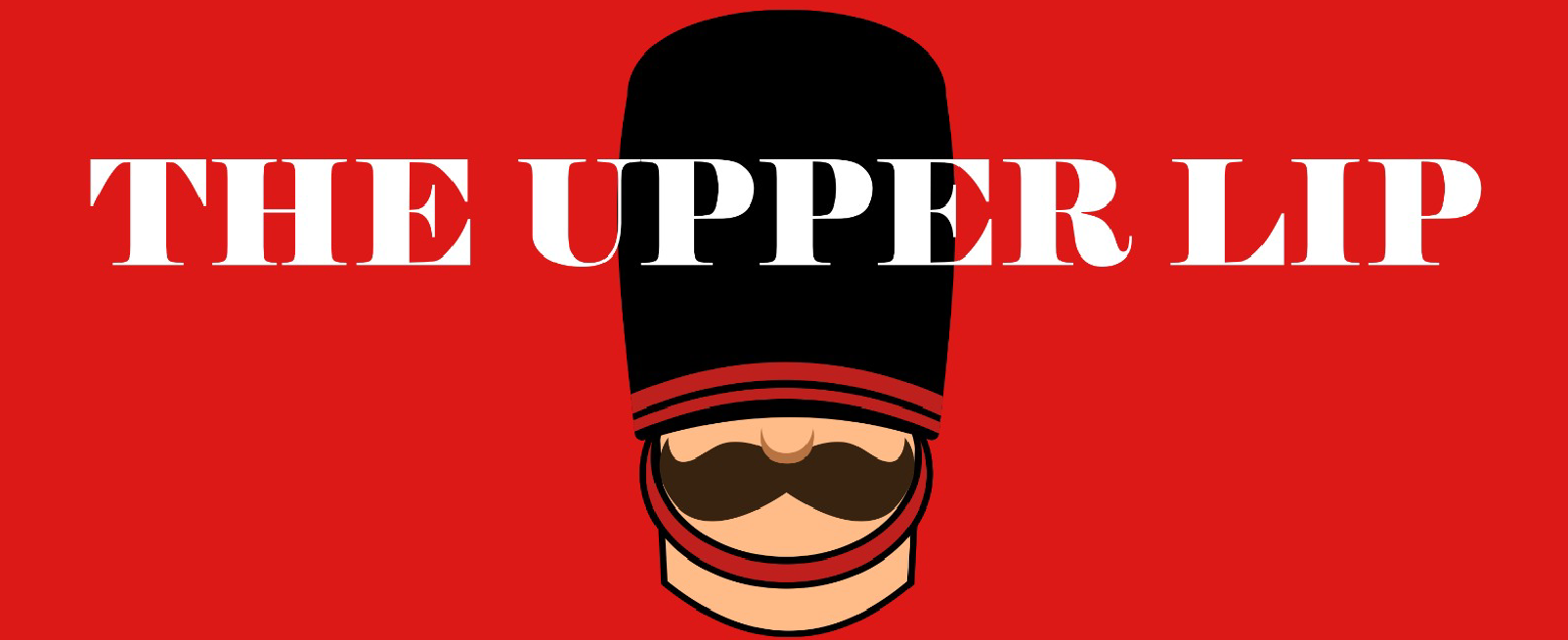Disney’s beloved animated film, The Little Mermaid, has found itself at the center of controversy once again. This time, critics are taking issue with the absence of male genitalia on the iconic mermaid character, sparking a heated debate about representation and artistic choices.
While the film has been celebrated for its enchanting storytelling and memorable characters, some individuals have voiced their discontent, claiming that the exclusion of a penis on the mermaid is a form of genocide. One outspoken figure, known for their controversial statements and unconventional appearance, has spearheaded this critique.
The assertion that the absence of male genitalia on an animated character equates to genocide raises eyebrows and invites discussions about the appropriate use of language and the importance of context. Genocide is a grave term historically associated with mass killings and systematic extermination of entire populations, making its application to a fictional character’s anatomy seem disproportionate.
Disney, as a creator of entertainment and family-oriented content, often faces scrutiny regarding its portrayal of gender roles and body representation. While diversity and inclusivity in media are essential, artistic decisions and character designs should be approached with sensitivity, respecting the original vision and the target audience.
The Little Mermaid, with its imaginative storytelling and captivating visuals, has resonated with audiences for decades. The character design reflects a specific artistic interpretation and aims to convey the innocence and charm of the mermaid character, rather than focusing on anatomical accuracy.
Critiques and discussions about representation in media are important for fostering a more inclusive society. However, it is crucial to approach these conversations with nuance, recognizing the complexity of artistic expression and the intended audience of a particular work.
As the debate around the absence of male genitalia in The Little Mermaid continues, it serves as a reminder of the diverse perspectives surrounding representation in popular culture. Balancing artistic vision, cultural sensitivities, and audience expectations remains a delicate task, one that requires open dialogue and mutual respect to reach common ground.
















